Theoretical and practical aspects of employing nanometrological equipment to characterise the physical properties of nanomaterials, nanostructures, nanodevices, and nano systems are all covered under nano characterization. Nanoparticle characterization is a subfield of nanometrology concerned with identifying and measuring the physical and chemical properties of nanoparticles. Nanoparticles are often designed for their unique properties and have at least one exterior dimension of fewer than 100 nanometres. Nano characterization is used for a variety of purposes, including occupational exposure evaluations to determine health and safety issues, nanotoxicology research, and process control. Characterization is a basic way for evaluating materials obtained from bottom-up or top-down procedures. This characterisation can be accomplished using a wide range of scientific methodologies. Characterization illustrates the peculiarities of nanomaterials' composition and structure, which will serve as a guide for specific preparation, property evaluation, and use of these materials.
Nanomanufacturing is the term for manufacturing at the nanoscale. Nanomanufacturing is a set of industrial techniques that use nanotechnology to create things at the nanoscale. Nanoscale materials range in size from one to 100 nanometres, with one nanometre equalling one billionth of a meter. Nanomanufacturing is the process of producing nanoscale materials, structures, devices, and systems in a scaled-up, dependable, and cost-effective manner. It also comprises top-down and more complicated bottom-up or self-assembly process research, development, and integration. Nanomanufacturing, to put it another way, results in the creation of better materials and innovative products.
- TEM characterization and imaging
- X-Ray Microscopy
- Microscopy-based Nanocharacterization Methodologies
- Cryo Electron Microscopy
- Scanning Ion Microscopy
- Scanning Electron Microscopy
- Transmission Electron Microscopy

Thomas J Webster
Hebei University of Technology, United States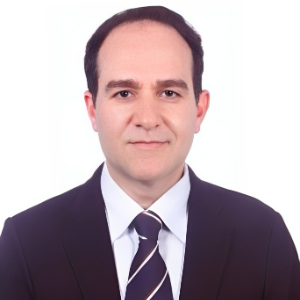
Hossein Hosseinkhani
Innovation Center for Advanced Technology, Matrix, Inc., United States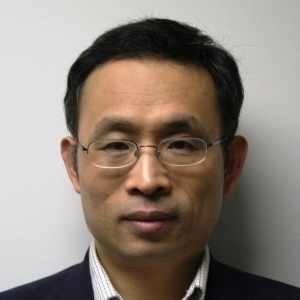
Hai Feng Ji
Drexel University, United States
Paulo Cesar De Morais
Catholic University of Brasilia, Brazil
Azzedine Bensalem
Long Island University, United States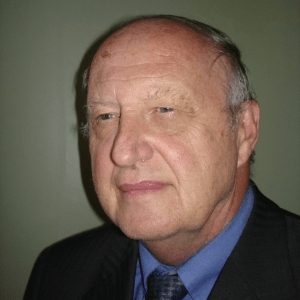
Robert Buenker
Wuppertal University, Germany
Rafal Kozubski
Jagiellonian University in Krakow, Poland
Sylwia Wcislik
Kielce University of Technology, Poland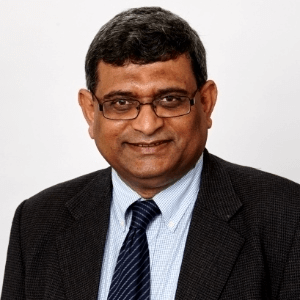
Raman Singh
Monash University-Clayton Campus, Australia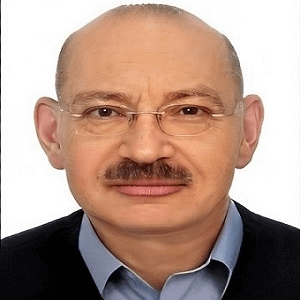


Title : Circumventing challenges in developing CVD graphene coating on mild steel: A disruptive approach to remarkable/durable corrosion resistance
Raman Singh, Monash University-Clayton Campus, Australia
Title : Highlighting recent advancements in electromagnetic field subwavelength tailoring using nanoparticle resonant light scattering and related topics
Michael I Tribelsky, Moscow State University, Russian Federation
Title : The impact of nanomedicine: 30,000 orthopedic nano implants with no failures and still counting
Thomas J Webster, Hebei University of Technology, United States
Title : Logistic-modified mathematical model for tumor growth treated with nanosized cargo delivery system
Paulo Cesar De Morais, Catholic University of Brasilia, Brazil
Title : Current and future of red and black phosphorus nanomaterials
Hai Feng Ji, Drexel University, United States
Title : Azodye photoaligned nanolayers for liquid crystal: New trends
Vladimir G Chigrinov, Hong Kong University of Science and Technology, Hong Kong
Title : Atomistic simulation of chemical ordering phenomena in nanostructured intermetallics
Rafal Kozubski, Jagiellonian University in Krakow, Poland
Title : The enhanced cytotoxic effect of curcumin on leukemic stem cells via CD123-targeted nanoparticles
Wariya Nirachonkul, Chiang Mai University, Thailand
Title : Efficiency of nanoparticles (Micromage-B) in the complex treatment of multiple sclerosis
Andrey Belousov, Kharkiv National Medical University, Ukraine
Title : Innovative method of nanotechnology application in the complex treatment of multiple sclerosis
Andrey Belousov, Kharkiv National Medical University, Ukraine